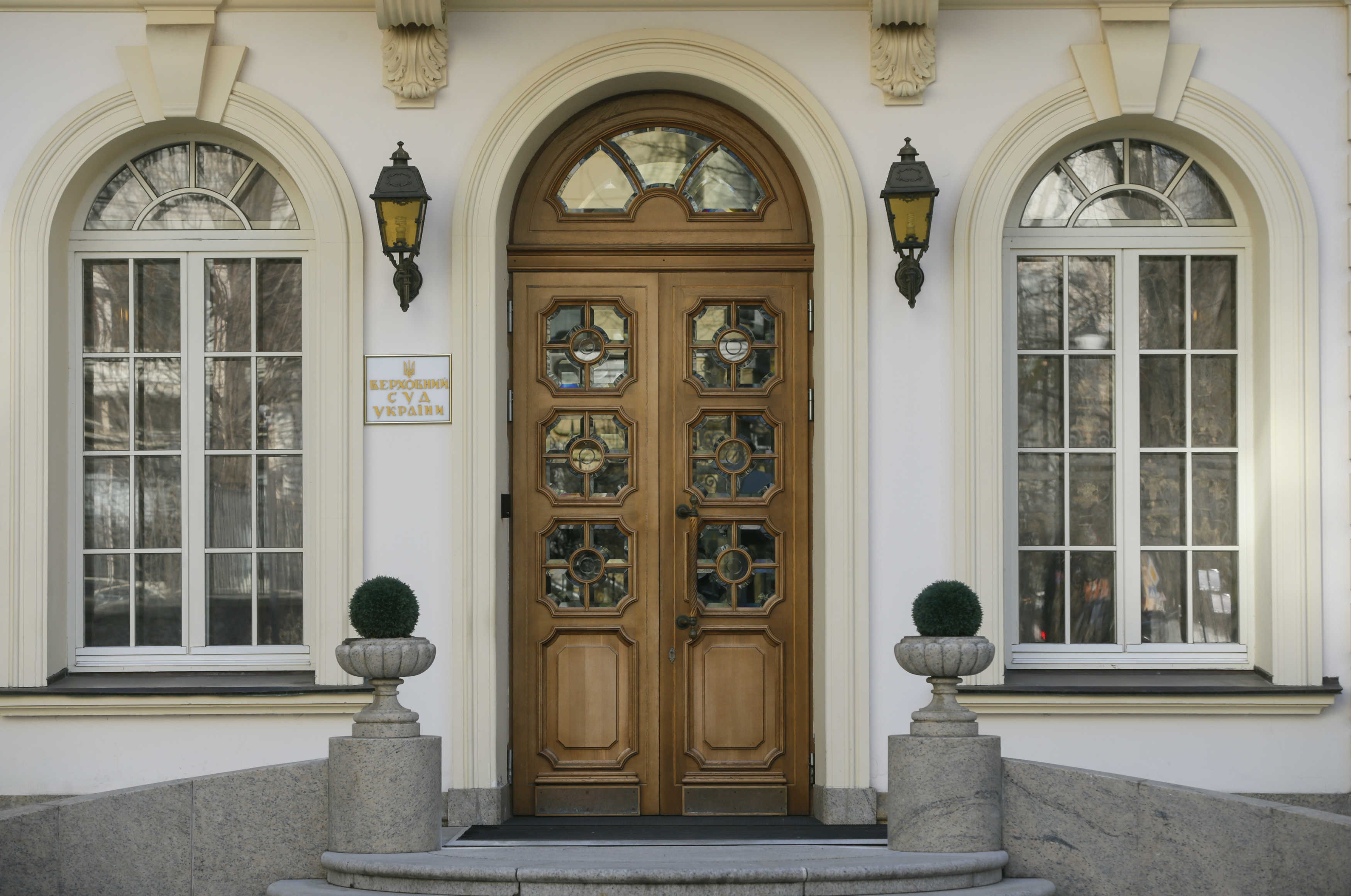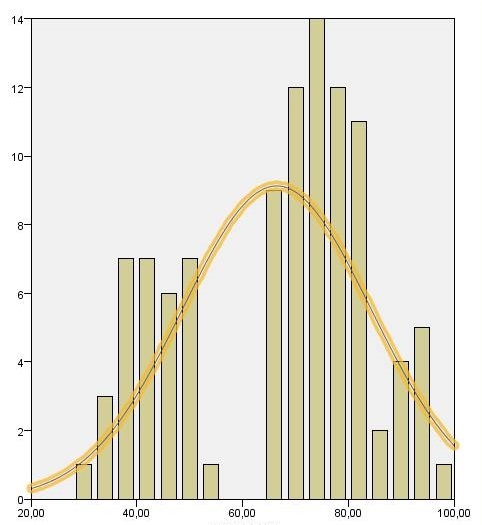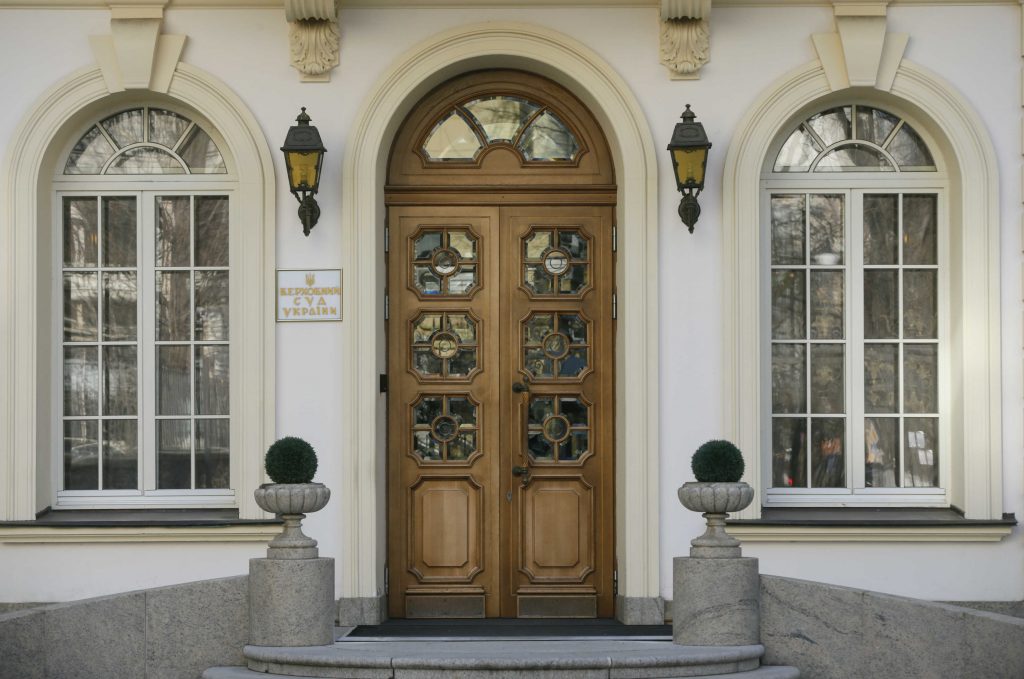 Ukraine is building its new Supreme Court from scratch–a bold move as a part of its comprehensive judicial reform.
Ukraine is building its new Supreme Court from scratch–a bold move as a part of its comprehensive judicial reform.
Candidates who are running for the Supreme Court have undergone a series of tests, but still must pass a final interview. All along, this process offered great hope for dramatic change in Ukraine’s judiciary, but it is now at great risk.
To become a Supreme Court justice, a candidate must pass a series of tests, including a practical exercise where they draft a court decision, and then pass a final integrity assessment. The results of the practical exercise just arrived, and they don’t look good.
After a series of previous rounds, 520 candidates advanced to the practical stage.
And unlike the results of the previous tests that generally reflected both the candidates’ assessments of their own work and the expectations of those closely watching the competition, these results came as a big surprise.
Among the 138 that failed, there were a significant number of experienced judges with exemplary records. However, they received some of the lowest scores, while functionaries of administrative courts well-known for their abilities to carry out political orders got top marks.
Simple statistics cast doubt on the results. The distribution of scores given to candidates for the Administrative Court of Cassation (one of the chambers of the new Supreme Court) contradicts the normal distribution of results. The Gaussian bell curve shows how the scores should have been distributed, while the bar graph shows the supposed results. Curiously, the statistical average–60 points of a maximum of 120 points–is almost absent in the distribution of scores. Those who should have landed in the middle ended up receiving lower scores and those who were slightly above the average got even better scores. In other words, the results are improbable.

In addition, after the initial results were announced, the minimum threshold suddenly changed, which brought back forty-three more candidates and undermined confidence in the process.
This can mean only one of two things:
A large number of points were given to some part of the exam to which only a right/wrong answer could be given, which was repeatedly denied by the Higher Qualification Commission of Judges (HQCJ)–the key agency organizing the competition to the Supreme Court; or the results have been “adjusted.” Someone or something has intentionally lowered the scores of one group and increased those of another one.
If this episode sounds familiar, it should. In 2011, Viktor Yanukovych’s corrupt government rigged the results of the first national competition to the first instance courts and used international donors to help cover-up the manipulation. It would be beyond inexcusable to repeat that story now, after the Revolution of Dignity that came at such a great price to the Ukrainian people.
We cannot build the new Supreme Court with the old methods. Society demands new qualified judges, not just a new building.
What can be done to save the Supreme Court at this point?
Civil society organizations, including the Reanimation Package of Reforms, the largest reform-oriented coalition, has repeatedly called on the HQCJ to explain the outcome and disclose the content of the practical exam, the written answers for each candidate, and the scores given by each members of the Commission, but we haven’t received a response. Moreover, HQCJ Head Serhiy Koziakov said the answers could be published only after his resignation, a sentiment which does not reassure anyone.
Obviously, this situation requires further investigation. But there is good news, too.
A number of MPs recently proposed a bill that would bring greater transparency to the entire process, and the bill has a good chance of being adopted. It would require the HQCJ to disclose all of the relevant competition data and set a much higher standard for transparency for any future judicial competition process, including the second round of the Supreme Court competition, slated for later this year.
Now, as the integrity assessment of candidates is about to be conducted in the last round, there is a chance that it could make all the difference. Judicial integrity, not competence, has been Ukraine’s major concern.
For the first time in history, Ukraine decided to outsource this part of the process to a civic body. The Public Integrity Council, consisting of lawyers, scholars and journalists, scrutinizes judicial declarations and dossiers. The Council already ruled that 48 percent of the 109 candidates it assessed do not satisfy the high standards of integrity and judicial ethics.
But the PIC cannot guarantee that no bad apples will get through. The HQCJ can overrule a PIC assessment with a two-third majority, and while this may sound like a lot, it is not. Voting is not public, and if it remains that way, practically any PIC decision may be arbitrarily overruled.
Once again, Ukraine’s reforms are being shaped by Ukraine’s reform-minded civil society and the conservative government.
While the authorities make the final decisions, and the conservative direction is more likely to prevail, the government has learned over the past three years that you underestimate Ukraine’s civil society at your peril.
Mykhailo Zhernakov is the director of the DeJuRe Foundation, a member of the board of the Reanimation Package of Reforms, and a former judge in the Vinnytsia District Administrative Court (2012-2015). Editor’s note: He is a member of the Public Integrity Council.
Image: A view shows the entrance to the Ukrainian Supreme Court building in central Kyiv, Ukraine, March 10, 2016. REUTERS/Valentyn Ogirenko
